آخرین مطالب
امکانات وب
The urinary system, also known as the renal system or urinary tract, consists of the kidneys, ureters, bladder, and the urethra.
Produces, stores and eliminates urine, the fluid waste excreted by the kidneys. The kidneys make urine by filtering wastes and extra water from blood. Urine travels from the kidneys through two thin tubes called ureters and fills the bladder. When the bladder is full, a person urinates through the urethra to eliminate the waste.
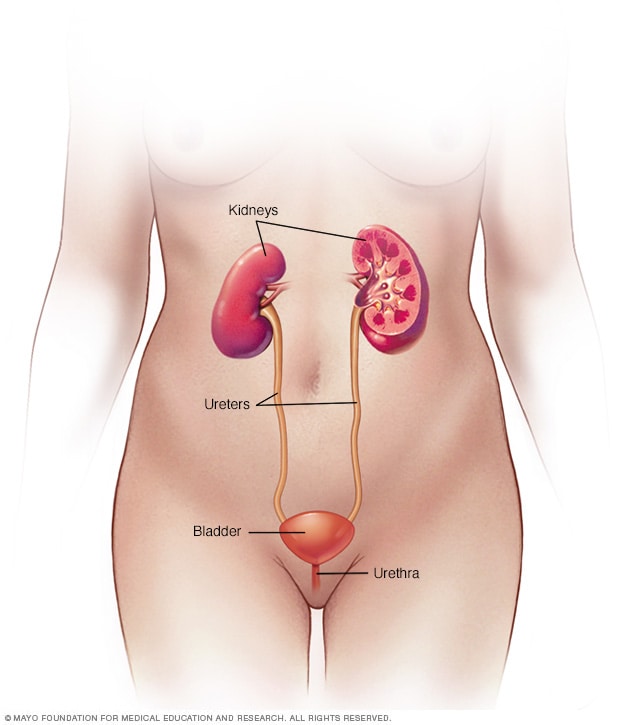
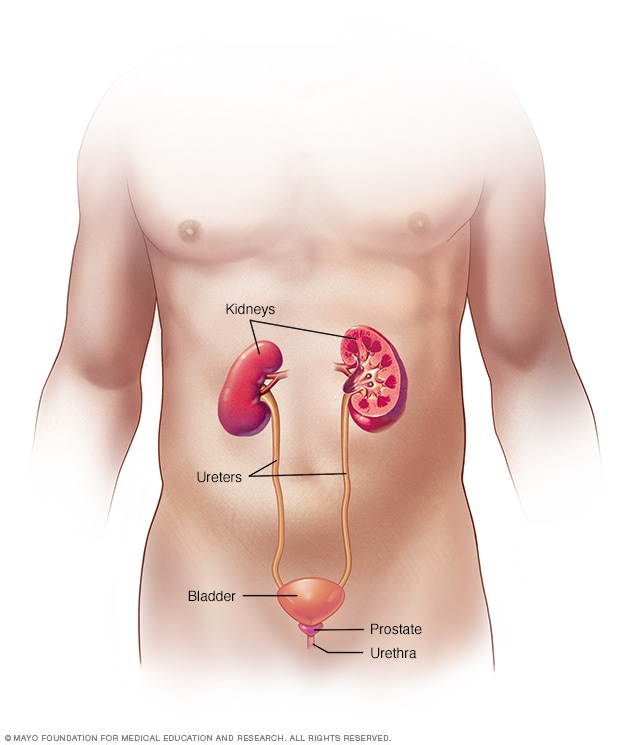
The urinary system is susceptible to a variety of infections and other problems, including blockages and injuries. These can be treated by a urologist or another health care professional who specializes in the renal system. eResearch by Navid Ajamin -- autumn 2019
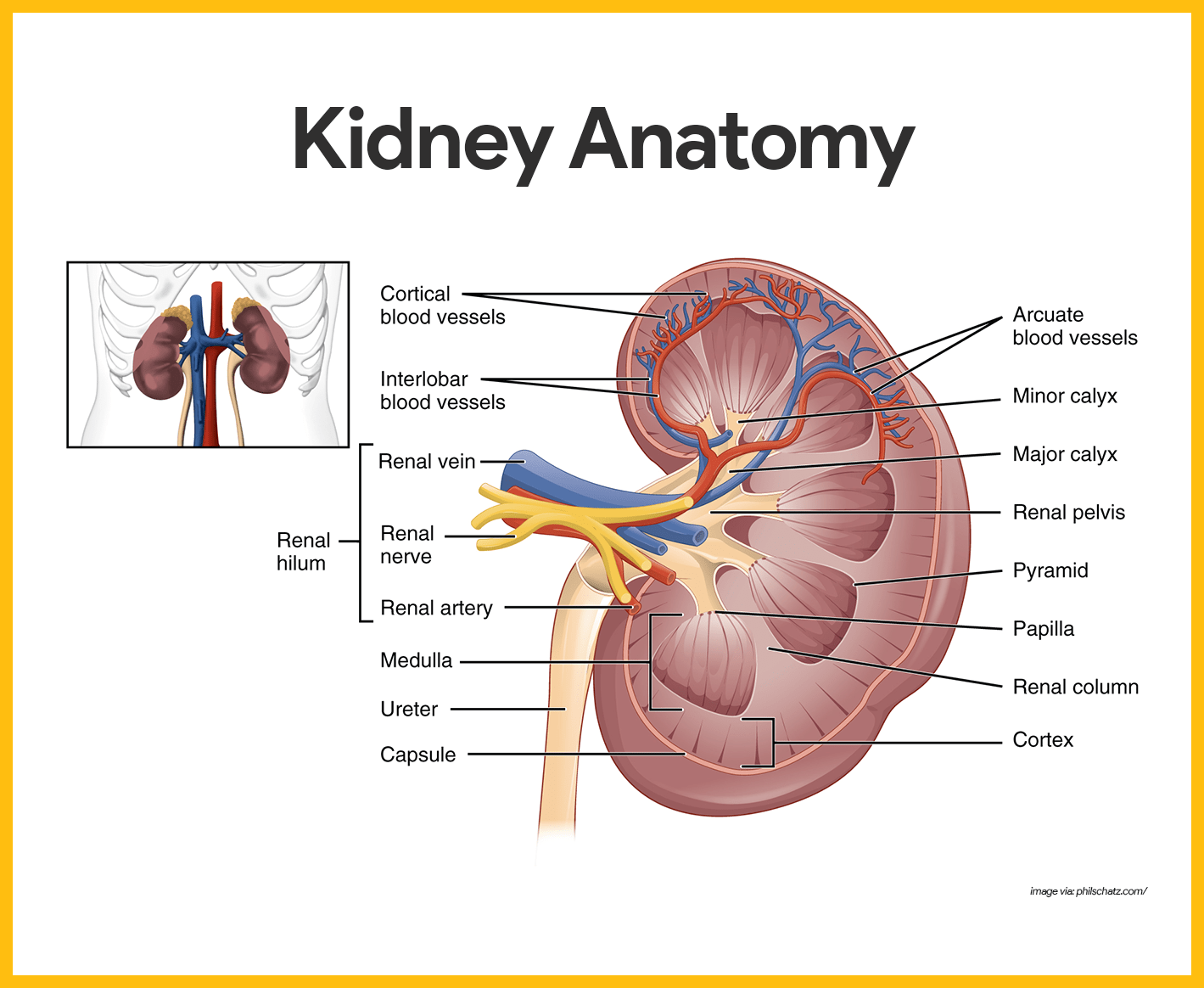
The purpose of the urinary system is to eliminate waste from the body, regulate blood volume and blood pressure, control levels of electrolytes and metabolites, and regulate blood pH.
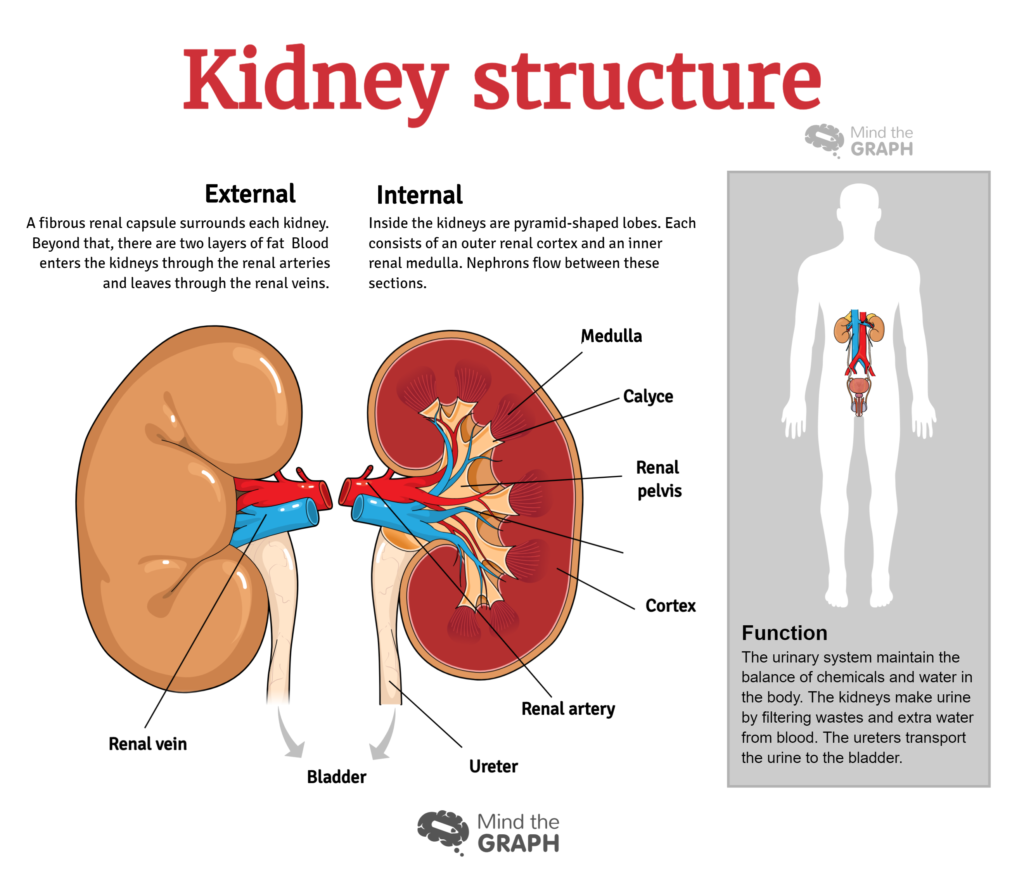
A urinary tract infection (UTI) is an infection in any part of your urinary system — your kidneys, ureters, bladder and urethra. Most infections involve the lower urinary tract — the bladder and the urethra.
Women are at greater risk of developing a UTI than are men. Infection limited to your bladder can be painful and annoying. However, serious consequences can occur if a UTI spreads to your kidneys.
Doctors typically treat urinary tract infections with antibiotics. But you can take steps to reduce your chances of getting a UTI in the first place.
Urinary tract infections typically occur when bacteria enter the urinary tract through the urethra and begin to multiply in the bladder. Although the urinary system is designed to keep out such microscopic invaders, these defenses sometimes fail. When that happens, bacteria may take hold and grow into a full-blown infection in the urinary tract.
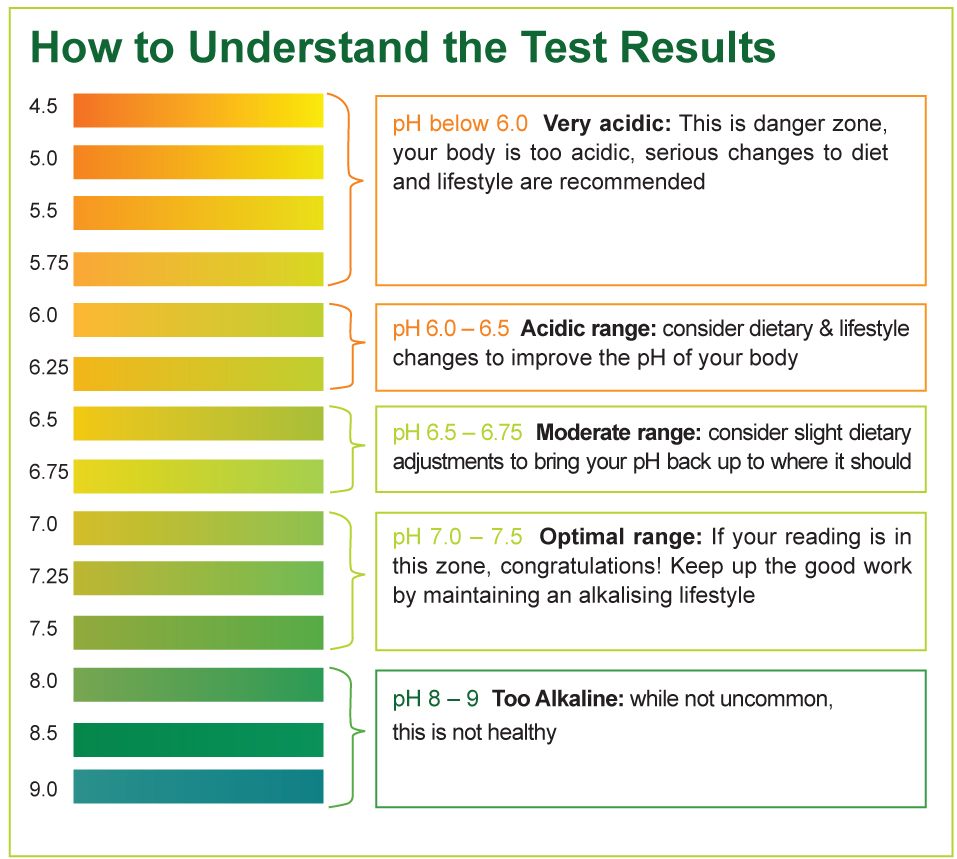
The most common UTIs occur mainly in women and affect the bladder and urethra.
Infection of the bladder (cystitis). This type of UTI is usually caused by Escherichia coli (E. coli), a type of bacteria commonly found in the gastrointestinal (GI) tract. However, sometimes other bacteria are responsible.
Sexual intercourse may lead to cystitis, but you don't have to be sexually active to develop it. All women are at risk of cystitis because of their anatomy — specifically, the short distance from the urethra to the anus and the urethral opening to the bladder.
- Infection of the urethra (urethritis). This type of UTI can occur when GI bacteria spread from the anus to the urethra. Also, because the female urethra is close to the vagina, sexually transmitted infections, such as herpes, gonorrhea, chlamydia and mycoplasma, can cause urethritis.

Urinary tract infections are common in women, and many women experience more than one infection during their lifetimes. Risk factors specific to women for UTIs include:
- Female anatomy. A woman has a shorter urethra than a man does, which shortens the distance that bacteria must travel to reach the bladder.
- Sexual activity. Sexually active women tend to have more UTIs than do women who aren't sexually active. Having a new sexual partner also increases your risk.
- Certain types of birth control. Women who use diaphragms for birth control may be at higher risk, as well as women who use spermicidal agents.
- Menopause. After menopause, a decline in circulating estrogen causes changes in the urinary tract that make you more vulnerable to infection.

Other risk factors for UTIs include:
- Urinary tract abnormalities. Babies born with urinary tract abnormalities that don't allow urine to leave the body normally or cause urine to back up in the urethra have an increased risk of UTIs.
- Blockages in the urinary tract. Kidney stones or an enlarged prostate can trap urine in the bladder and increase the risk of UTIs.
- A suppressed immune system. Diabetes and other diseases that impair the immune system — the body's defense against germs — can increase the risk of UTIs.
- Catheter use. People who can't urinate on their own and use a tube (catheter) to urinate have an increased risk of UTIs. This may include people who are hospitalized, people with neurological problems that make it difficult to control their ability to urinate and people who are paralyzed.
- A recent urinary procedure. Urinary surgery or an exam of your urinary tract that involves medical instruments can both increase your risk of developing a urinary tract infection.
The term dysuria refers to any pain or discomfort associated with urination (peeing). It does not refer to urinary frequency (how often you go), though disorders of frequency can often be accompanied by dysuria.

Men and women of any age can experience painful urination. It is more common in women. It is most commonly associated with urinary tract infections, which more often affect women than men.
Painful urination for women can be the result of:
- Vaginal infection
- Urinary tract infection
- Inflammation of the urethra (the tube that connects the bladder and genitals) or vagina that may be related to dietary factors
The inflammation may also be caused by sexual intercourse, douches, soaps, scented toilet paper, contraceptive sponges, or spermicides.
Symptoms of painful urination can vary between men and women, but both genders usually experience it as a burning, stinging, or itching feeling. The pain can be at the start of urination or after urination.

Pain at the start of urination is often the symptom of a urinary tract infection. Pain after urination can indicate a problem with the bladder or prostate. For many male patients, pain can persist in the penis before and after urination, too.
Symptoms for female patients can be internal or external. Pain on the outside of the vaginal area may be caused by inflammation or irritation of this sensitive skin. An internal pain can be a symptom of a urinary tract infection.
Kidneys are vital to your overall health, so it's important to look after them. Five simple lifestyle steps can help you keep them in good shape.
Stay hydrated

Drinking plenty of fluid will help your kidneys function properly. Your urine should be straw-coloured. If it's any darker it may be a sign of dehydration.
During hot weather, when travelling in hot countries or when exercising strenuously, you need to drink more water than usual to make up for the fluid lost by sweating.
Eat healthily
A balanced diet ensures you get all the vitamins and minerals your body needs. Eat plenty of fruit and vegetables, and grains such as wholewheat pasta, bread and rice.
Don't eat too much salty or fatty food.
Watch your blood pressure
Have your blood pressure checked regularly. High blood pressure has no symptoms, but it can increase your risk of kidney and heart problems.
You can get a simple, quick and painless blood pressure check free of charge at your GP surgery and many high street pharmacies.
If your blood pressure is higher than it should be, your GP can suggest lifestyle changes or, if necessary, prescribe medication to reduce your blood pressure.
An ideal blood pressure is considered to be between 90/60mmHg and 120/80mmHg.
Don't smoke or drink too much alcohol
Try to stop smoking completely and limit the amount of alcohol you drink.
Drinking too much alcohol and smoking both raise your blood pressure. High blood pressure is one of the most common causes of kidney disease.
Keep slim to help your kidneys
Being too heavy raises your blood pressure, which is bad for your kidneys. Try to keep yourself at a healthy weight by keeping active and not overeating.
Your body mass index (BMI) is a helpful way of checking whether you're a healthy weight. You can use the healthy weight calculator to work out your BMI.
Aim for at least 150 minutes of moderate-intensity exercise, such as walking, cycling or swimming, every week.

Signs and symptoms of acute kidney failure may include:
- Decreased urine output, although occasionally urine output remains normal
- Fluid retention, causing swelling in your legs, ankles or feet
- Shortness of breath
- Fatigue
- Confusion
- Nausea
- Weakness
- Irregular heartbeat
- Chest pain or pressure
- Seizures or coma in severe cases
Sometimes acute kidney failure causes no signs or symptoms and is detected through lab tests done for another reason.
Reference:
- mayoclinic.org/diseases-conditions/urinary-tract-infection/symptoms-causes/syc-20353447
- mayoclinic.org/diseases-conditions/kidney-failure/symptoms-causes/syc-20369048
- my.clevelandclinic.org/health/diseases/15176-dysuria-painful-urination
- nhs.uk/live-well/healthy-body/keeping-your-kidneys-healthy
- en.wikipedia.org/wiki/Urinary_system
See also: What can make urination painful? -- medicalnewstoday.com
برچسب : نویسنده : healthy4you بازدید : 146
